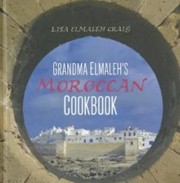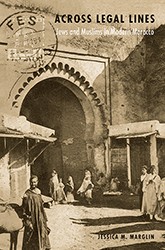By
– December 5, 2011
This is a moving memoir by a veteran representative of the Joint Distribution Committee. It is an intimate record, told with humor and sensitivity, of adventure and exploration by an energetic, talented, creative, and committed Jewish educator who was assigned to assist the Jewish communities in Morocco, France, and the former Soviet Union.
The author, known as Epi to his friends, describes the declining but proud and ancient Moroccan Jewish community. With the fall of communism, he assisted in the rebirth and growth of the Jewish communities scattered across eleven time zones of the vast former Soviet Union. He movingly recounts sparks of life and hope and a thirst for knowledge among Jews working together to build viable communal institutions and organizations. The JDC and its representatives sought to provide material aid and promote self-respect and local leadership without being overbearing, know-it-all foreigners. Epi also remarks on the differences between how secular Israeli and how Diaspora Jewish fieldworkers understood the new world of former Soviet Jewry.
This is a book that should be read by all who marvel at the stubborn survival of isolated ancient Jewish communities and the rebirth of Jewish life after communist suppression, and by those interested in conscientious, effective foreign aid that does not suffocate or disrespect communities in need. Glossary, photographs.
The author, known as Epi to his friends, describes the declining but proud and ancient Moroccan Jewish community. With the fall of communism, he assisted in the rebirth and growth of the Jewish communities scattered across eleven time zones of the vast former Soviet Union. He movingly recounts sparks of life and hope and a thirst for knowledge among Jews working together to build viable communal institutions and organizations. The JDC and its representatives sought to provide material aid and promote self-respect and local leadership without being overbearing, know-it-all foreigners. Epi also remarks on the differences between how secular Israeli and how Diaspora Jewish fieldworkers understood the new world of former Soviet Jewry.
This is a book that should be read by all who marvel at the stubborn survival of isolated ancient Jewish communities and the rebirth of Jewish life after communist suppression, and by those interested in conscientious, effective foreign aid that does not suffocate or disrespect communities in need. Glossary, photographs.
Robert Moses Shapiro teaches modern Jewish history, Holocaust studies, and Yiddish language and literature at Brooklyn College of the City University of New York. His most recent book is The Warsaw Ghetto Oyneg Shabes-Ringelblum Archive: Catalog and Guide (Indiana University Press in association with the U.S. Holocaust Memorial Library and the Jewish Historical Institute in Warsaw, 2009). He is currently engaged in translating Polish and Yiddish diaries from the Łódź ghetto and the Yiddish Sonderkommando documents found buried in the ash pits at Auschwitz-Birkenau.





